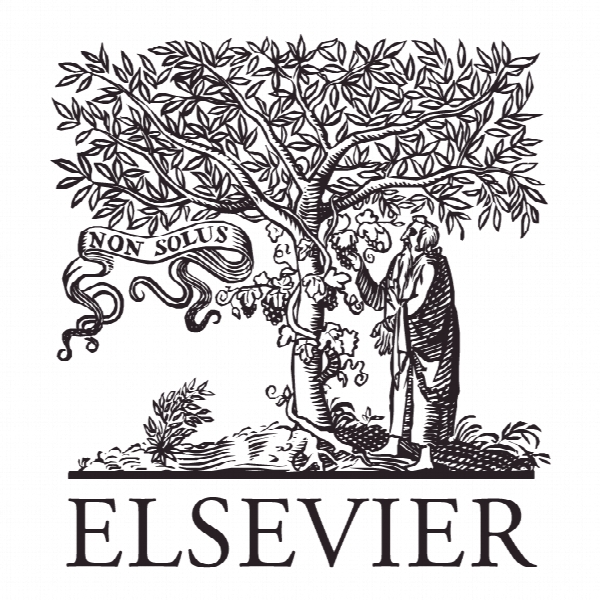کاهش تاخیر فرآیند برآورد پارامترهای زلزله در زمان واقعی – کاربردهای درخت KD به پایگاه داده های بزرگ برای اخطار زلزله زود هنگام Reducing process delays for real-time earthquake parameter estimation – An application of KD tree to large databases for Earthquake Early Warning
- نوع فایل : کتاب
- زبان : انگلیسی
- ناشر : Elsevier
- چاپ و سال / کشور: 2018
توضیحات
رشته های مرتبط مهندسی عمران
گرایش های مرتبط زلزله
مجله کامپیوترها و علوم زمین – Computers & Geosciences
دانشگاه California Institute of Technology – Pasadena – USA
منتشر شده در نشریه الزویر
گرایش های مرتبط زلزله
مجله کامپیوترها و علوم زمین – Computers & Geosciences
دانشگاه California Institute of Technology – Pasadena – USA
منتشر شده در نشریه الزویر
Description
Introduction Due to the advancement of information technology in the past few decades, Earthquake Early Warning (EEW) systems are able to analyze ground motions in real-time and provide alerts before the onset of the destructive wave at specific facilities (Heaton, 1985) (Allen et al., 2003). EEW is based on the principle that the damaging earthquake ground motion propagates more slowly than electronic information, so warnings can be successfully delivered immediately after detecting the first earthquake signals at a seismic station (Cua, 2005). The speed of the more damaging S-waves from earthquakes is about 3.5km/s, whereas electrically transmitted signals from the seismic network sensors travel at about 3.0x105km/s. EEW is most beneficial for earthquakes causing a significant level of ground 66 shaking, so the alert speed is critical to provide a warning to the most strongly affected areas close to the epicenter. Additionally, for high-cost user actions (such as halting industrial processes), the accuracy of ground motion predictions at user 69 sites is important for the widespread adoption and use of EEW (Hoshiba, 2013). In general, the conventional algorithms use trained models to estimate earthquake source parameters (such as magnitude and hypocenter distance) from station ground motion observations, and then apply ground motion prediction equations to estimate the peak ground motion experienced at different user sites (Wu et al., 2007) (Zuccolo et al., 2016) (Kuyuk et al., 2014). The predictive models tend to compress the observed information into a few source parameters, which can overly simplify the behavior of wave propagation through the Earth (Meier, 2017). 77Significant error in final prediction results can be accumulated through the uncertainties in the underlying models (Bose et al., 2009) (Allen et al., 2009). As a 79result, for the purposes of a real-time EEW system, it is a challenge to create a 80 simple model that fully captures all the attributes that influence the peak ground motion in a recorded waveform, such as magnitude, location, depth, soil type, local 82site condition, directivity, source radiation


